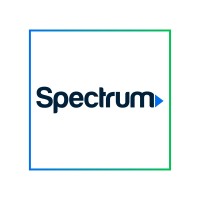
Vivo (Telefônica Brasil)
Vivo (Telefônica Brasil) is part of the Telefónica Group and with more than 94 million customers, of which 75 million mobile and 19 million fixed, we are the largest telecommunications company in Brazil, with nationwide presence and a complete, convergent portfolio of products, combining fixed, mobile and digital services. Our purpose is “Digitalize to Bring Closer”, helping to build a digital nation and transforming the life of our customers. More and more, we connect people and things with Fiber, 4G and 4.5G and cover more cities with the network quality that only Vivo has. Today, we cover around 90% of the population with 4G and are accelerating the launch of cities with 4.5G, using carrier aggregation technology. In the fixed operation, we ended 2019 with 21 million homes-passed (HPs) with fiber optic technology, of which 11 million HPs with FTTH (fiber to the home). In addition, all cities with FTTH technology also offer TV over fiber (IPTV), aiming to offer the best speed and experience to our consumers. At Vivo, we also do more than just telecommunications. Within the Group, we have the Telefônica Vivo Foundation, that is committed to making education a priority, developing projects that are based on human potential and use technology as an instrument in favor of inclusion and digital culture.






